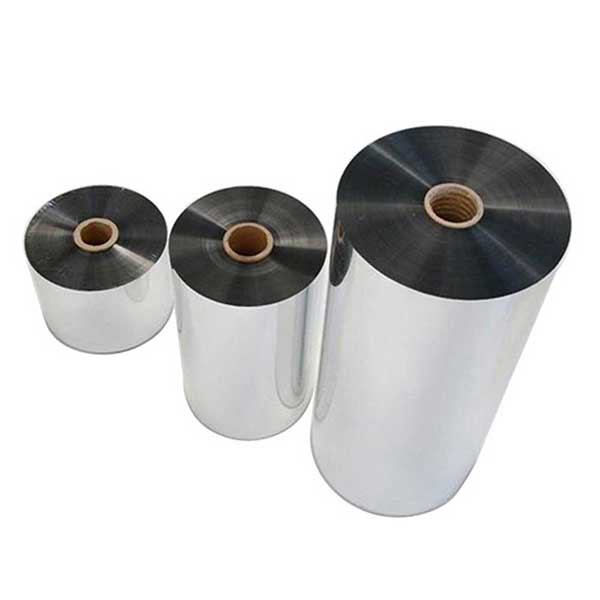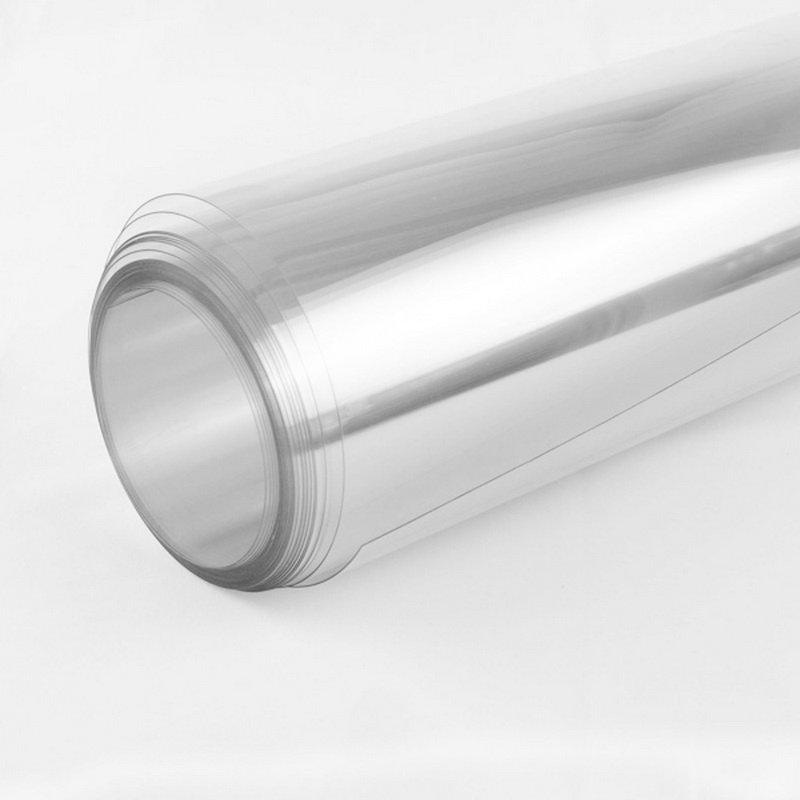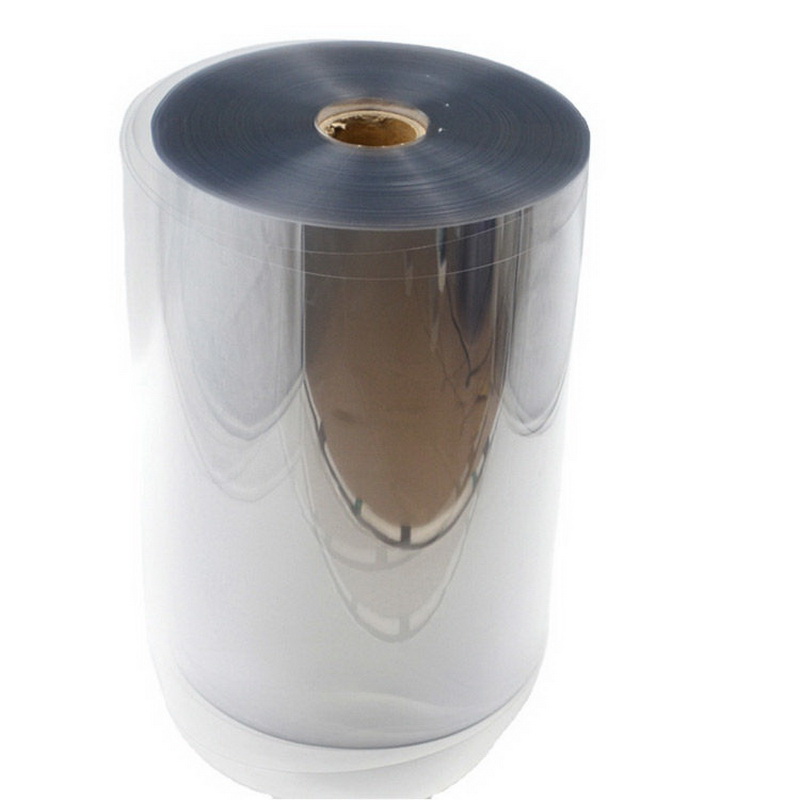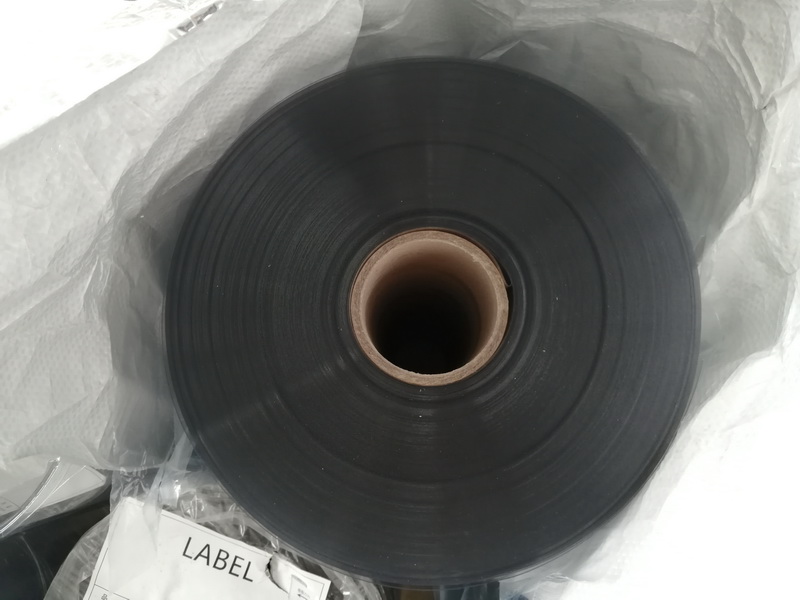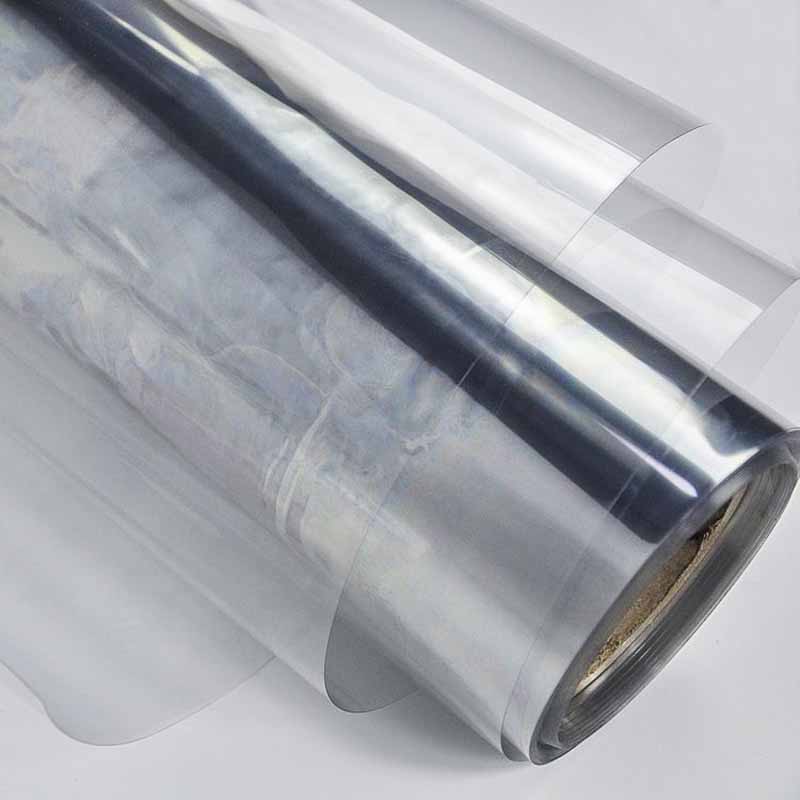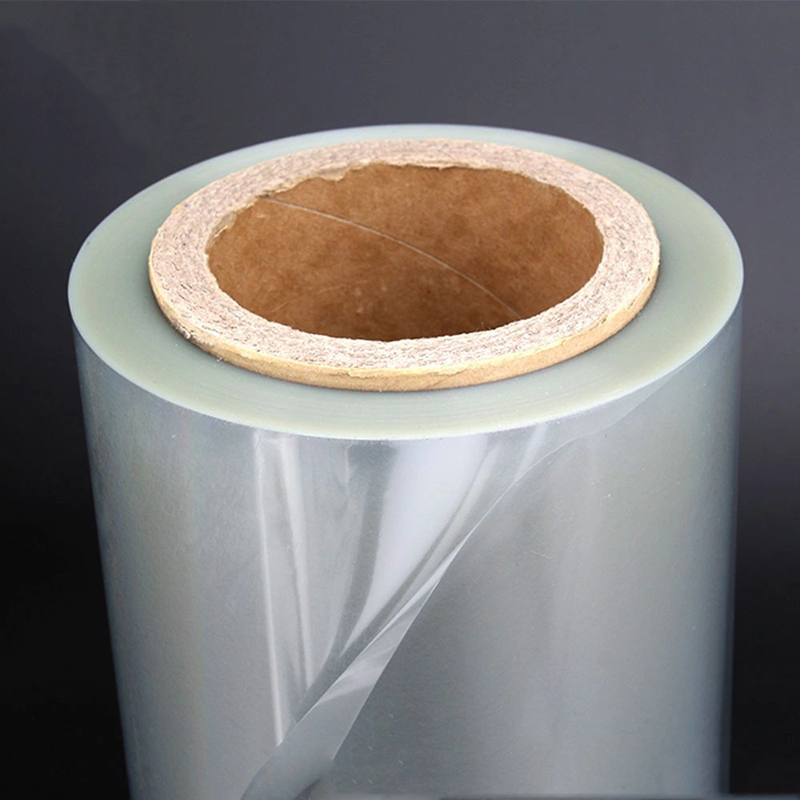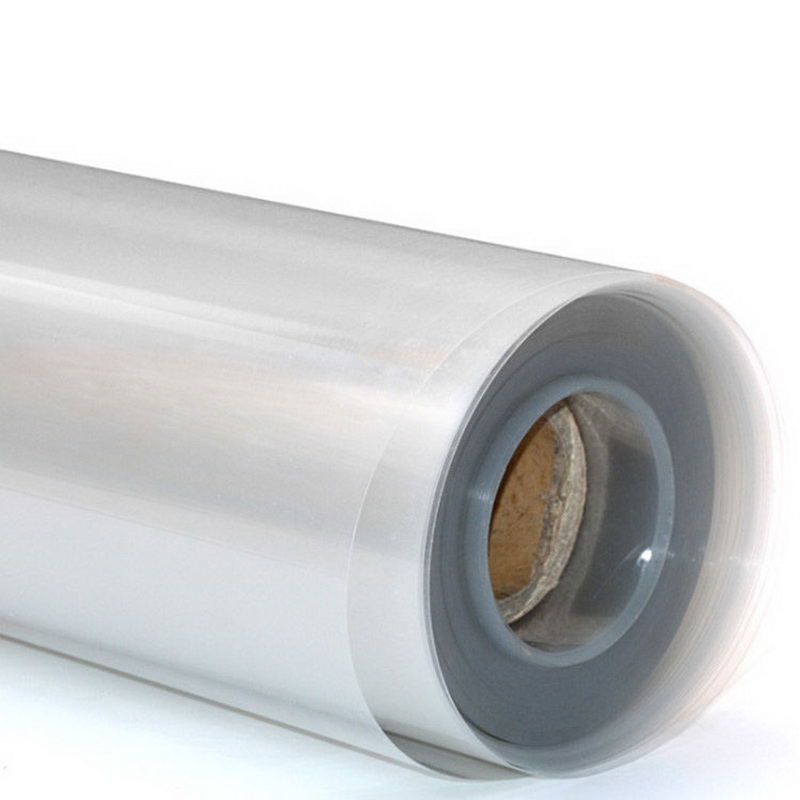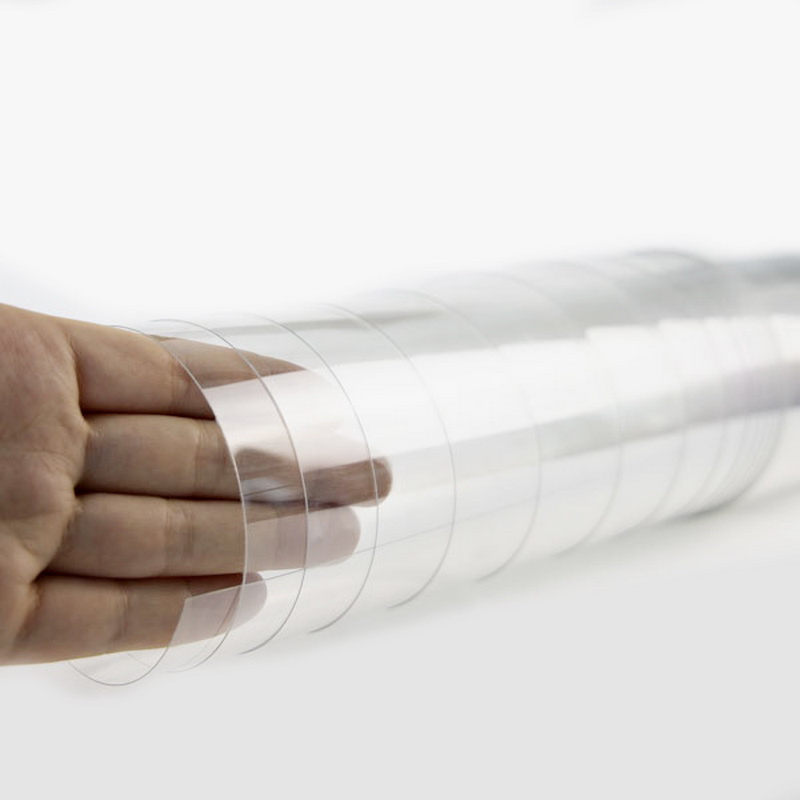PET ESD Conductive Plastic Roll

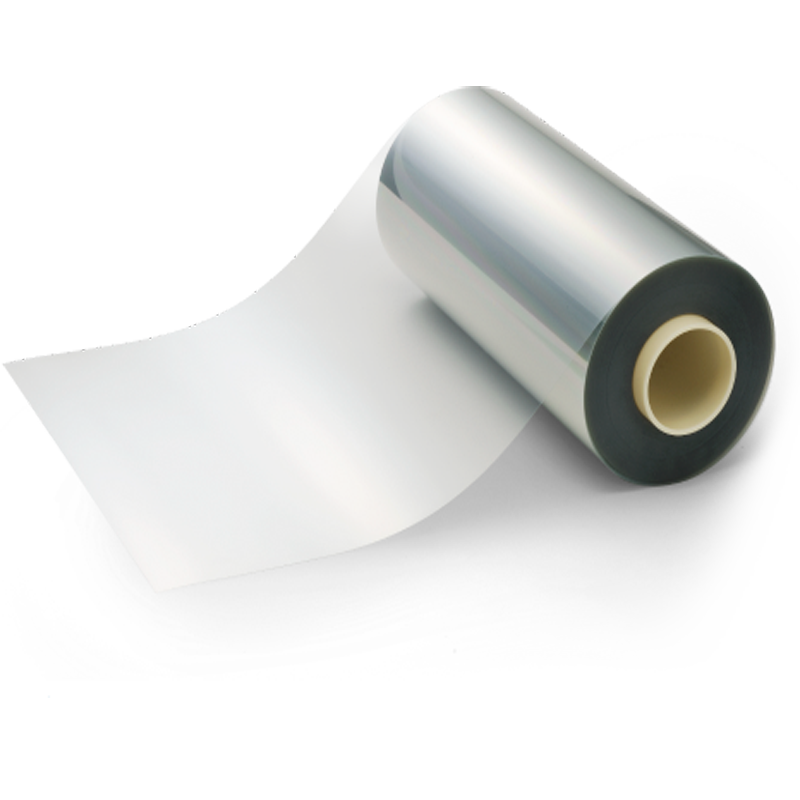 PET-SHEET.COM
PET-SHEET.COM
- Límites de producción:
- Gama de espesores: 0.18mm-1.8mm
- Gama de anchos: 350mm-1300mm
- Gama de colores: Transparente/Transparente/Negro/Blanco/Color personalizado
- MOQ: 5 toneladas (se aceptan muestras gratis)
- Aplicaciones: Bandeja termoformada / Bandeja electrónica / Bandeja para alimentos frescos / Envasado blíster
¿Está buscando esto? ESD Antistatic PET Sheet Roll. pet-sheet.com is Una fábrica enfocada en la fabricación y exportación de rígido ESD Antistatic PET Sheet Roll para termoformado o envasado en blíster. en cuanto a "PET ESD Conductive Plastic Roll", Si nos deja sus requisitos como el grosor, ancho y aplicación del plástico PET, nuestro equipo de ventas profesional le cotizará el mejor precio competitivo.
| PROPERTIES | METHOD | UNIT | SPEC |
|---|---|---|---|
| Coefficient of Kinetic Friction | GB/T 10006 | --- | ≦0.350 |
| Specific gravity | ASTM D-792 | g/cm3 | 1.345 |
| Meliting Temperature | ASTM D-3418 | ℃ | 250±5 |
| Glass Transition Temperature | ASTM D-3418 | ℃ | 65~75 |
| Haze | ASTM D-1003 | % | ≦3.0 |
| Tensile Elongation@Break | ASTM D-638 | % | ≧450 |
| Tensile Strength@Yield | ASTM D-638 | Kg/cm2 | ≧550 |
Introduction Of PET ESD Conductive Plastic Roll
PET ESD Conductive Plastic Roll is a specialized material designed for use in environments where electrostatic discharge (ESD) can pose a risk. Here’s an overview of its key features and applications:
Key Features Of PET ESD Conductive Plastic Roll

1. Material Composition
PET (Polyethylene Terephthalate): Known for its strength, durability, and resistance to various chemicals.
Conductive Additives: Incorporated into the PET to impart ESD properties, helping to dissipate static electricity safely.
2. ESD Protection
Electrostatic Discharge (ESD) Protection: Essential in electronics manufacturing and handling, where uncontrolled static discharge can damage sensitive components.
Surface Resistivity: Typically designed to have a surface resistivity in the range of 10^6 to 10^9 ohms, balancing conductivity and insulation.
3. Mechanical Properties
Durability: High tensile strength and impact resistance.
Flexibility: Can be easily cut, formed, or laminated.
Chemical Resistance: Resistant to most chemicals, oils, and solvents, making it suitable for various environments.
4. Transparency
Often available in clear or slightly tinted forms, allowing for visual inspection of packaged items.
Applications Of PET ESD Conductive Plastic Roll
1. Electronics Packaging
Component Trays and Carriers: Safely transport and store electronic components, preventing damage from static discharge.
Tape and Reel Packaging: Used for surface-mount device (SMD) packaging in automated assembly lines.
2. Cleanrooms
Equipment Covers: Protect sensitive equipment and components in cleanroom environments packing.
Workstation Mats: Used on workbenches to provide a static-safe working surface.
3. Automotive Industry
Sensor Packaging: Protect automotive sensors and electronic modules during manufacturing and assembly.
Interior Components: Used in ESD-sensitive areas of vehicle interiors product packing.
4. Medical Devices
Device Packaging: Ensure that static-sensitive medical devices are protected during shipping and storage.
Laboratory Equipment: Used in the construction of ESD-safe lab equipment and tools packing.
5. Industrial Applications
ESD-Safe Containers: Storage bins and containers for static-sensitive materials and components.
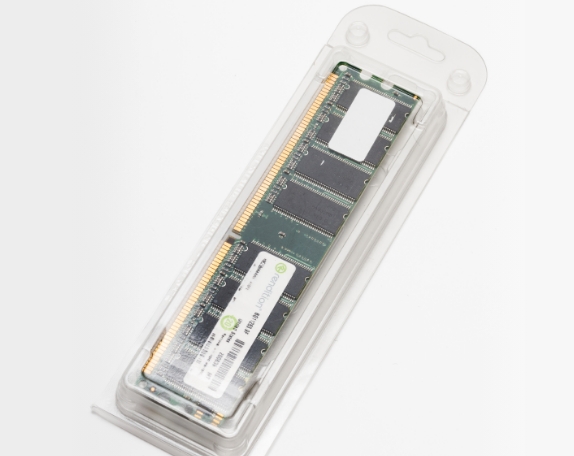
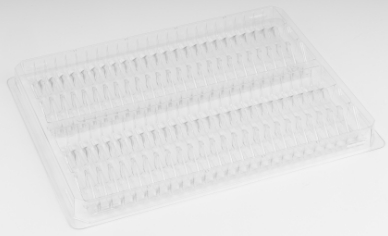
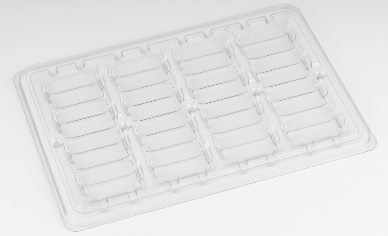
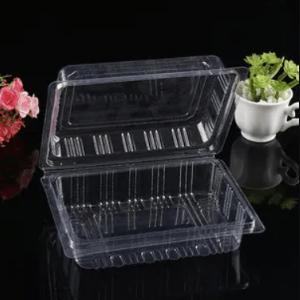
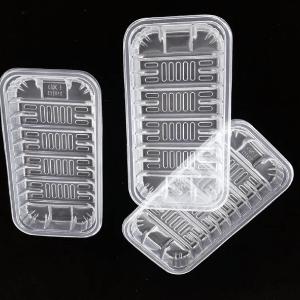
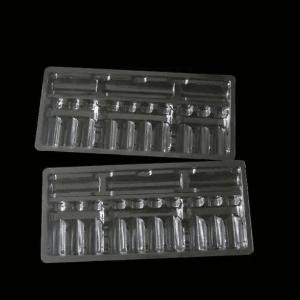
Product Parameter Of PET ESD Conductive Plastic Roll
ESD (electrostatic discharge) materials:
| Material | Surface resistance (Ω/sq) | Characteristic |
| Conductive | 104 to 106 | Conductive materials have low resistance, so electrons can easily flow through the surface or inside of these materials. The charge will flow to the ground or another conductive object in contact with the material. |
| Static dissipation | 106 to 109 | Compared with conductive materials, static dissipative materials can make charge flow to the ground or other conductors in a more controlled and slow manner. |
| Anti-static | 109 to 1011 | Anti-static materials can inhibit friction and electricity generation. |
Physical Characteristics of PET ESD Conductive Plastic Roll:
| Properties | Method(ASTM) | Unit | APET | GAG | |
|---|---|---|---|---|---|
| Melting Point | (DSC) | ℃ | 251 | 245 | |
| Glass Transition Temperature | (DSC) | ℃ | 71 | 72 | |
| Deflection Temperature | (DSC) | ℃ | 65 | 70 | |
| Shrinkage | |||||
| 90℃ | Horizonal | D1204 | % | 1.2 | 5 |
| Vertical | 0.5 | 0.4 | |||
| 110℃ | Horizonal | 5 | 4.7 | ||
| Vertical | 2.3 | 2.3 | |||
| Specific Gravity | D792 | g/cm³ | 1.35 | 1.34 | |
| Water Absorption | D570 | % | 0.7 | 0.73 | |
| Tensile Strength At Break | D638 | psi | 8900 | 8280 | |
| Elongation At Break | D638 | % | 471 | 168 | |
| Tensile Modulus | D638 | 10³ psi | 839 | 721 | |
| Hardness (Rockwell) | D785 | R | 70 | 71 | |
| Impact Strength (Dart) | D1790 | J/M | 7200 | 7000 | |
| Flexural Strength | |||||
| Horizonal | D790 | psi | 11200 | 10550 | |
| Vertical | 10800 | 10230 | |||
| Flexural Modulus | |||||
| Horizonal | D790 | 10³ psi | 731 | 684 | |
| Vertical | 719 | 691 | |||
| Surface Resistance Value | |||||
| Conductive | IS | Ω | 10^3~10^6 | 10^3~10^6 | |
| Semic-onductive | IS | Ω | 10^6~10^9 | 10^6~10^9 | |
| Antistatic (ESD) | IS | Ω | 10^9~10^11 | 10^9~10^11 | |
How do I store PET ESD Conductive Plastic Roll?
Storing PET ESD (Electrostatic Discharge) Conductive Plastic Rolls properly is crucial to maintain their properties and ensure their longevity. Here are some guidelines:
1. Environment
Temperature: Store in a cool, dry place. Ideal temperatures range from 15°C to 25°C (59°F to 77°F).
Humidity: Maintain a relative humidity of 50% ± 10%. High humidity can degrade the material, while low humidity can increase static electricity.
Cleanliness: Store in a clean environment free of dust and contaminants to prevent surface damage and contamination.
2. Storage Position
Horizontal Storage: Store the rolls horizontally to prevent deformation and ensure even pressure distribution. Use a suitable support to keep the roll in place.
Vertical Storage: If vertical storage is necessary, ensure the rolls are on a flat, stable surface to prevent tipping and deformation.
3. Protection
Covering: Use protective covers or packaging to shield the rolls from dust, dirt, and light exposure.
Handling: Handle with care to avoid physical damage. Use gloves to prevent fingerprints and other contaminants from adhering to the surface.
4. Avoid Static Accumulation
Grounding: Ensure the storage area has proper grounding to prevent static buildup.
Antistatic Materials: Use antistatic storage racks and bins to further reduce the risk of static electricity.
5. Labeling and Rotation
Labeling: Clearly label the rolls with the date of receipt and other relevant information for easy identification.
First In, First Out (FIFO): Follow FIFO principles to use the oldest material first, ensuring that the stock remains fresh.
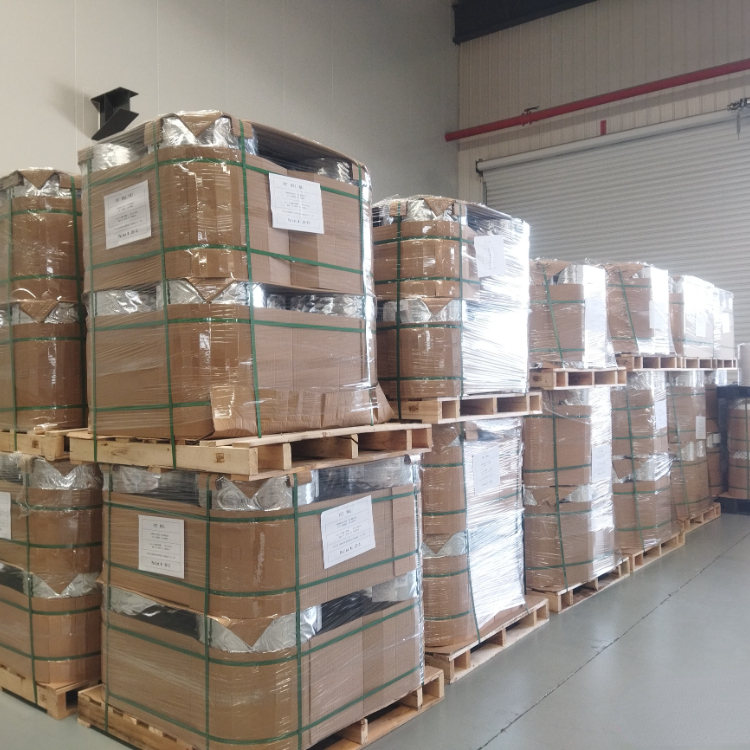
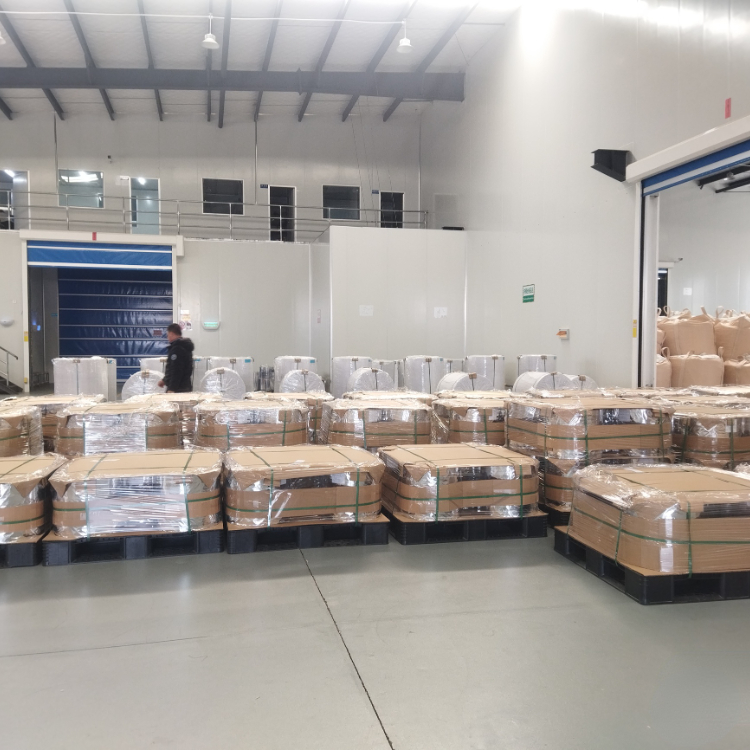
By following these guidelines, you can ensure that your PET ESD Conductive Plastic Rolls remain in optimal condition and retain their conductive properties.
¿Por qué elegir pet-sheet.com?
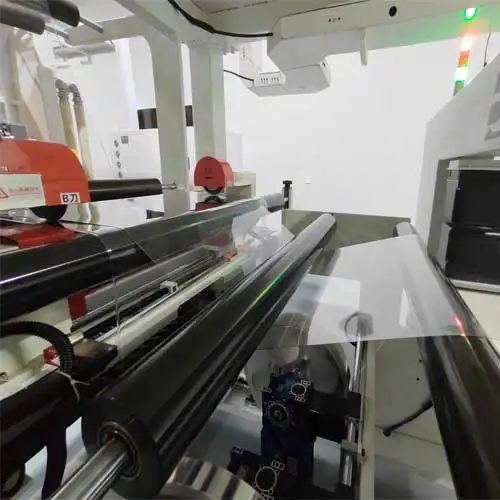 Producción de coextrusión
Producción de coextrusión
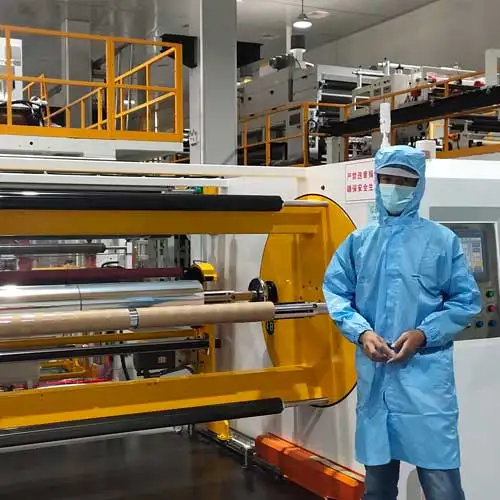 Inspeccion de calidad
Inspeccion de calidad
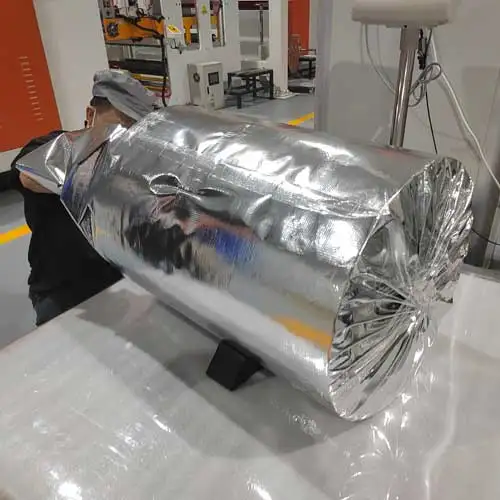 Embalaje seguro
Embalaje seguro
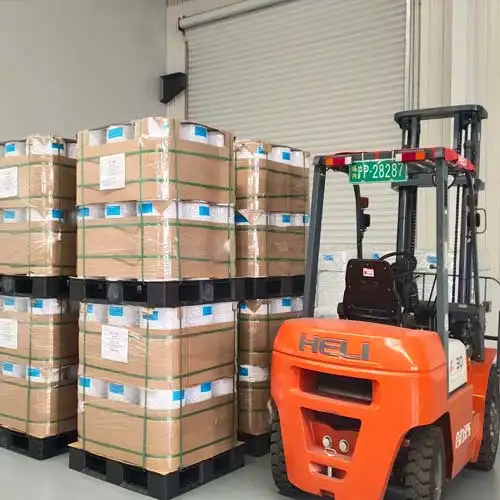 El tiempo de entrega
El tiempo de entrega
CONTACTO PET-SHEET.COM
Nuestro equipo de ventas profesionales y técnicos determinarán las características finales del producto y la solución material para la aplicación específica del cliente y proporcionarán al cliente una cotización y un cronograma detallado. Por favor, complete el formulario para contactar a nuestro equipo de ventas profesional.- Categoría
- Rollo de lámina de plástico APET
- Rollo de lámina de plástico GAG
- Rollo de lámina de plástico PETG
- Rollo de lámina de plástico RPET
- Rollo de lámina PET antiestática ESD
- Termoformado de PET en rollo
- Similar Products No related posts found.
 PET-SHEET.COM
PET-SHEET.COM






